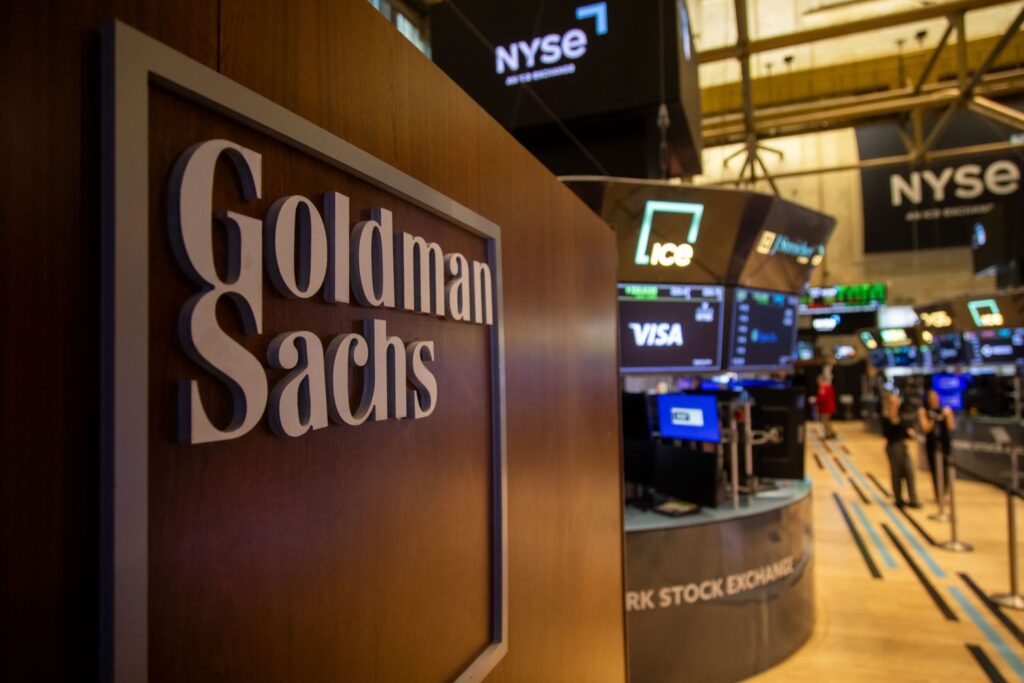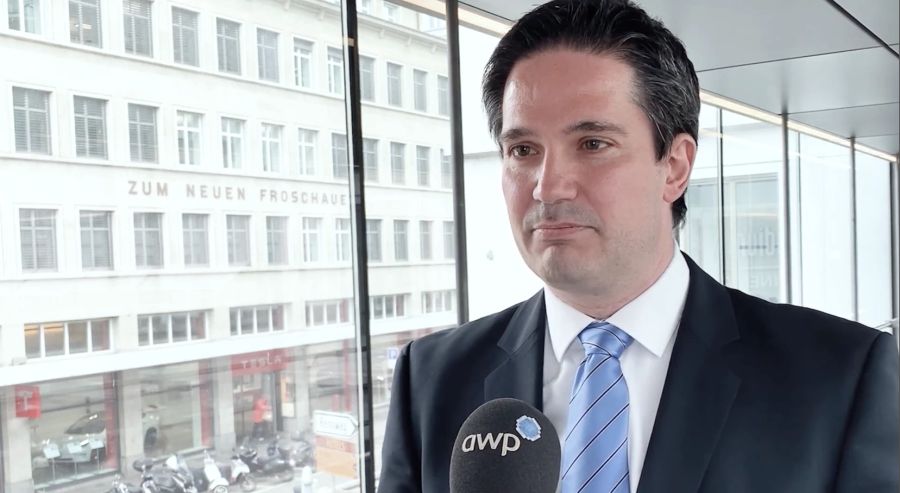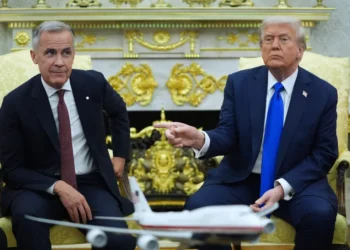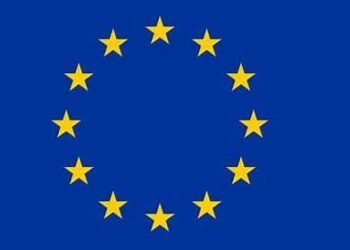A new report from Goldman Sachs has warned that Brent crude oil prices could surge to $110 per barrel if tensions in the Middle East escalate to the point of a partial closure of the Strait of Hormuz, the world’s most critical oil transit chokepoint.
The forecast adds a sharper edge to market anxieties as diplomatic efforts to de-escalate the Iran-Israel crisis appear fragile.
“While the events in the Middle East remain fluid, we think that the economic incentives, including for the U.S. and China, to try to prevent a sustained and very large disruption of the Strait of Hormuz would be strong.”
Goldman Sachs
Still, Goldman Sachs outlined a scenario in which oil flows through the strait would be reduced by 50% for a month and remain 10% below normal levels for the following 11 months.
Under this assumption, the bank projects that Brent crude could spike to $110 per barrel, before stabilizing to around $95 per barrel in the fourth quarter of 2025.
The Strait of Hormuz, located between Oman and Iran, handles about 30% of global seaborne oil shipments. Any interruption there would have profound consequences for global energy supply and pricing.
Energy analysts see this risk as increasingly probable. “An oil price jump is expected,” said Jorge Leon, head of geopolitical analysis at Rystad Energy.

“Even in the absence of immediate retaliation, markets are likely to price in a higher geopolitical risk premium.”
Jorge Leon, head of geopolitical analysis at Rystad Energy
Goldman Sachs’ earlier assessment, made just last week, predicted a geopolitical premium of about $10 per barrel on Brent.
At the time, the bank projected a peak price of around $90 if Iranian exports were disrupted. The current update represents a significant upward revision in light of intensifying hostilities and market instability.
Notably, the bank cited data from Polymarket, a crowd-sourced prediction platform, to estimate the probability of Iran blocking the Strait at 52%.
However, the same platform places the likelihood of a U.S. declaration of war on Iran before the end of June at a modest 2%, signaling that investors still expect a limited military conflict with a focus on proxy dynamics and tactical operations rather than full-scale war.
Brent Crude Current Market Reaction

As of early Monday trading, crude oil benchmarks were already reflecting market jitters. Brent crude opened at $78.10 per barrel, while West Texas Intermediate (WTI) traded at $75.24.
Oil traders are now closely watching signals from Washington, Tehran, and major oil producers, including Saudi Arabia and the UAE, for cues on how the crisis will evolve.
Analysts say any damage to critical oil infrastructure or verified reports of disrupted tanker traffic through the Strait would send oil prices soaring within hours.
“The direction of oil prices from here will depend on whether there are supply disruptions, which would likely result in higher prices, or if there is a de-escalation in the conflict, resulting in a fading risk premium.”
UBS analyst Giovanni Staunovo

Governments across Asia, Europe, and North America are reportedly reviewing strategic oil reserve levels in preparation for potential supply shortages.
China and India, two of the largest oil importers, are likely to explore short-term increases in purchases from Russia and South America if Middle East supply tightens.
Still, the global energy system lacks enough spare capacity to fully replace Hormuz-transiting crude in the event of a prolonged shutdown. OPEC+ production increases or U.S. shale boosts would take weeks, if not months to hit the market.
For oil-dependent economy like Ghana, a sustained spike in crude prices could lead to increased fuel prices, higher inflation, and foreign exchange pressures. Countries that rely on imported refined petroleum products will be particularly exposed.
Governments in such regions may be forced to consider subsidy increases or tax adjustments to cushion consumers, potentially jeopardizing fiscal consolidation efforts tied to IMF or World Bank programs.
READ ALSO: Mastercard and Access Bank Unveil Innovative Age-Segmented Card to Empower Ghana’s Youth



















